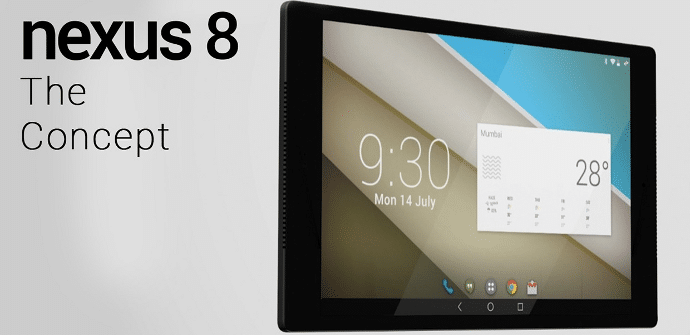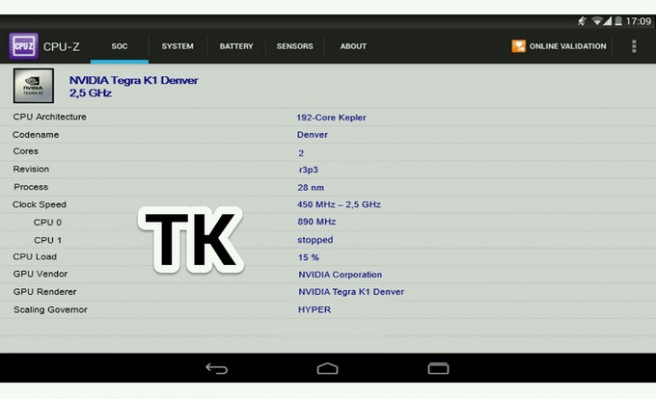
After a couple of years of Asus As a manufacturer Nexus, where a first generation was very pleasantly surprised but the second was somewhat below expectations, Google is preparing an important turn in its line of tablets with a team that seeks to approach the power of the PC. As we know, the Nexus 8 will come from the hand of HTC and Nvidia, two partners that outline one of the most powerful Android to date.
It has been almost a year since Apple introduced its iPhone 5S with an architecture of 64 bits. At that time, the movement of the apple firm was quite criticized, since the rest of the terminal components were not even remotely capable of squeezing the possibilities of a processor like the A7. In fact, Qualcomm explained that it would be necessary at least 4 GB RAM to be able to notice a process capacity according to such architecture.
HTC and Nvidia are going to set the bar very high
A recent screenshot with the SoC configuration in the Nexus 8 It exposes the tremendous potential that the next Google tablet will have. Your processor will be a Tegra K1 64 bit to 2,5 GHz And, precisely, it will boost its performance with a 4GB RAM, which can give you simply brutal processing power.

In this way, Google will make a qualitative leap with its line of tablets, surpassing what began as a project to make the format grow within the Android platform, thanks to a team solvent and cheap, thus seeking to encourage developers to optimize their applications for larger screens. The Nexus 7 managed to change the dynamics Android with tablets. Will the Nexus 8 achieve a similar milestone?
Android can take advantage of such capabilities
Android L faces the challenge of supplying users sophisticated enough software As for a 64-bit processor and 4GB RAM to make any sense.
There is always, yes, the possibility that much of its power is wasted and that is that while the Tegra K1 is well capable of moving OpenGL 4.4 o U with absolute ease; what presumably will be Android 5.0 still works with OpenGL 3.1; thus it will be important to pay attention to the rate of updates of the operating system.
Source: Phonearena.com